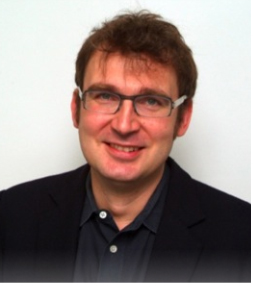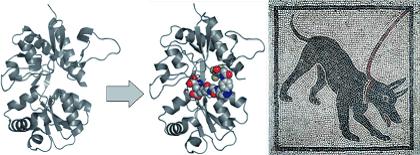题目:Optochemical Genetics
时间:4月13日 14:30
地点:E-104
邀请人:史莉莉同学

Speaker:Prof. Dirk Trauner
University of Munich, German
Professor Dirk Trauner got his PhD with Professor Johann Mulzer at the Free University
of Berlin in 1998 and was a postdoctoral fellow with Professor Samuel J. Danishefsky at
the Memorial SloanKettering Cancer Center in New York City from 1998 to 2000. He
started his academic career in the University of California, Berkeley, where he rose through
the ranks to become an Associate Professor of chemistry in 2006. In summer of 2008, he
moved to the University of Munich, where he currently resides as a Professor for Chemical
Biology and Genetics. His research interests range from organic synthesis and natural products
to chemical neurobiology and optochemical genetics. His talent and research have been
recognized by Hellman Family Faculty Award, NARSAD Young Investigator Award, NSF
Career Award, Alfred P. Sloan Fellowship and many other major pharmaceutical industrial
awards. He now serves on advisory board of ACS Chemical Neuroscience and editorial board
of Beilstein Journal of Organic Chemistry and Natural Product Reports.
Explanation about optochemical genetics

Transmembrane receptors allow a cell to communicate with its environment in response to a
variety of input signals. These can be changes in the concentration of ligands (e.g. hormones or
neurotransmitters), temperature, pressure (e.g. acoustic waves or touch), transmembrane potential,
or light intensity. Many important receptors have now been characterized in atomic detail and our
understanding of their functional properties has markedly increased in recent years. As a consequence,
these sophisticated molecular machines can be reprogrammed to respond to unnatural input signals.
In this Review, we show how voltage-gated and ligand gated ion channels can be endowed with
synthetic photoswitches, and how the resulting artificial photoreceptors can be used to optically control
neurons with exceptional temporal and spatial precision. They work well in animals and might find
applications in the restoration of vision and the optical control of other sensations. The combination of
synthetic photoswitches and receptor proteins contributes to the field of optogenetics and adds a new
functional dimension to chemical genetics. As such, we propose to call it “optochemical genetics”.